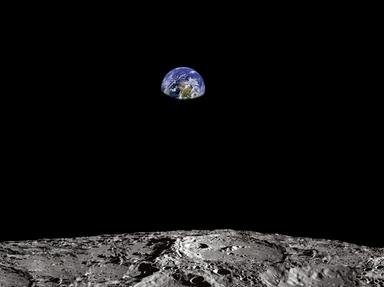
Space Cadets (1) Trivia Quiz
Space Race in the 1960s
Man has had a fascination with space for centuries, but it took the Cold War of the 1960s to really accelerate the fledging efforts of both the USA and the USSR to a new level. This quiz looks at some of those events in the first half of the 1960s.
This is a renovated/adopted version of an old quiz by author beebs
A classification quiz
by pollucci19.
Estimated time: 3 mins.